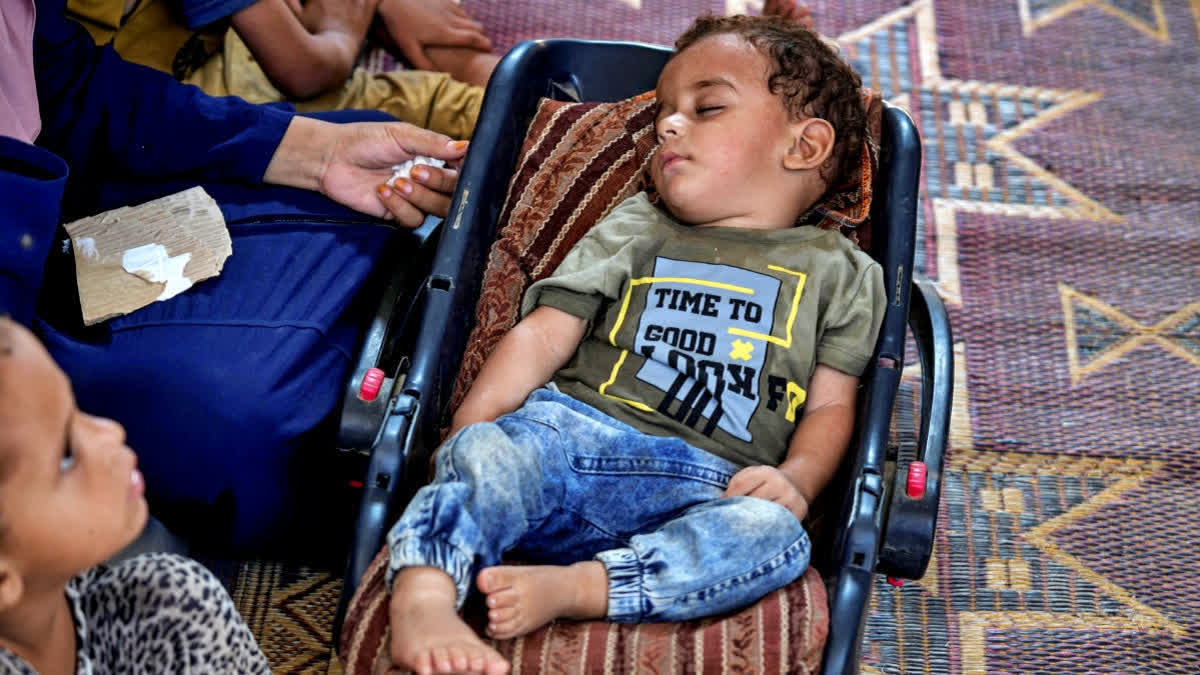London:Polio was eliminated from most parts of the world as part of a decadeslong effort by the World Health Organisation and partners to wipe out the disease. But polio is one of the world's most infectious diseases and is still spreading in a small number of countries. The WHO and its partners want to eradicate polio in the next few years.
Until it is gone from the planet, the virus will continue to trigger outbreaks anywhere children are not fully vaccinated. The recent polio infection in an unvaccinated baby in Gaza is the first time the disease has been reported in the territory in more than 25 years.
What is polio?
Polio is an infection caused by a virus that mostly affects children under 5. Most people infected with polio don't have any symptoms, but it can cause fever, headaches, vomiting and stiffness of the spine. In severe cases, polio can invade the nervous system and cause paralysis within hours, according to the WHO.
The UN agency estimates that 1 in 200 polio cases results in permanent paralysis, usually of the legs. Among children who are paralysed, up to 10% die when their breathing muscles are paralysed.
The virus spreads from person to person, entering the body through the mouth. It is most often spread by contact with waste from an infected person or, less frequently, through contaminated water or food.
Just how bad was polio in the past?
Very bad. Polio has existed for centuries; ancient Egyptian hieroglyphics show children walking with canes, with the wasted limbs characteristic of polio victims.
Before the first vaccine was developed in the 1950s, polio was among the most feared diseases. An explosive 1916 outbreak in New York killed more than 2,000 people and the worst recorded US outbreak in 1952 killed more than 3,000. Many people who survived polio suffered lifelong consequences, including paralysis and deformed limbs. Some people whose breathing muscles were paralysed required iron lung chambers to help them breathe.
